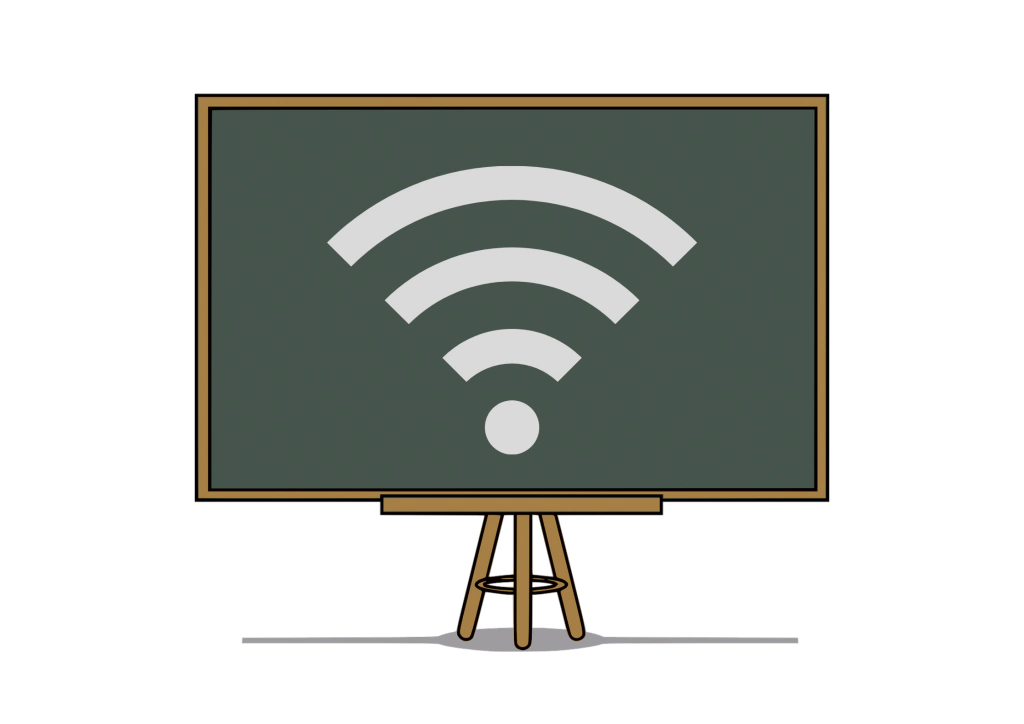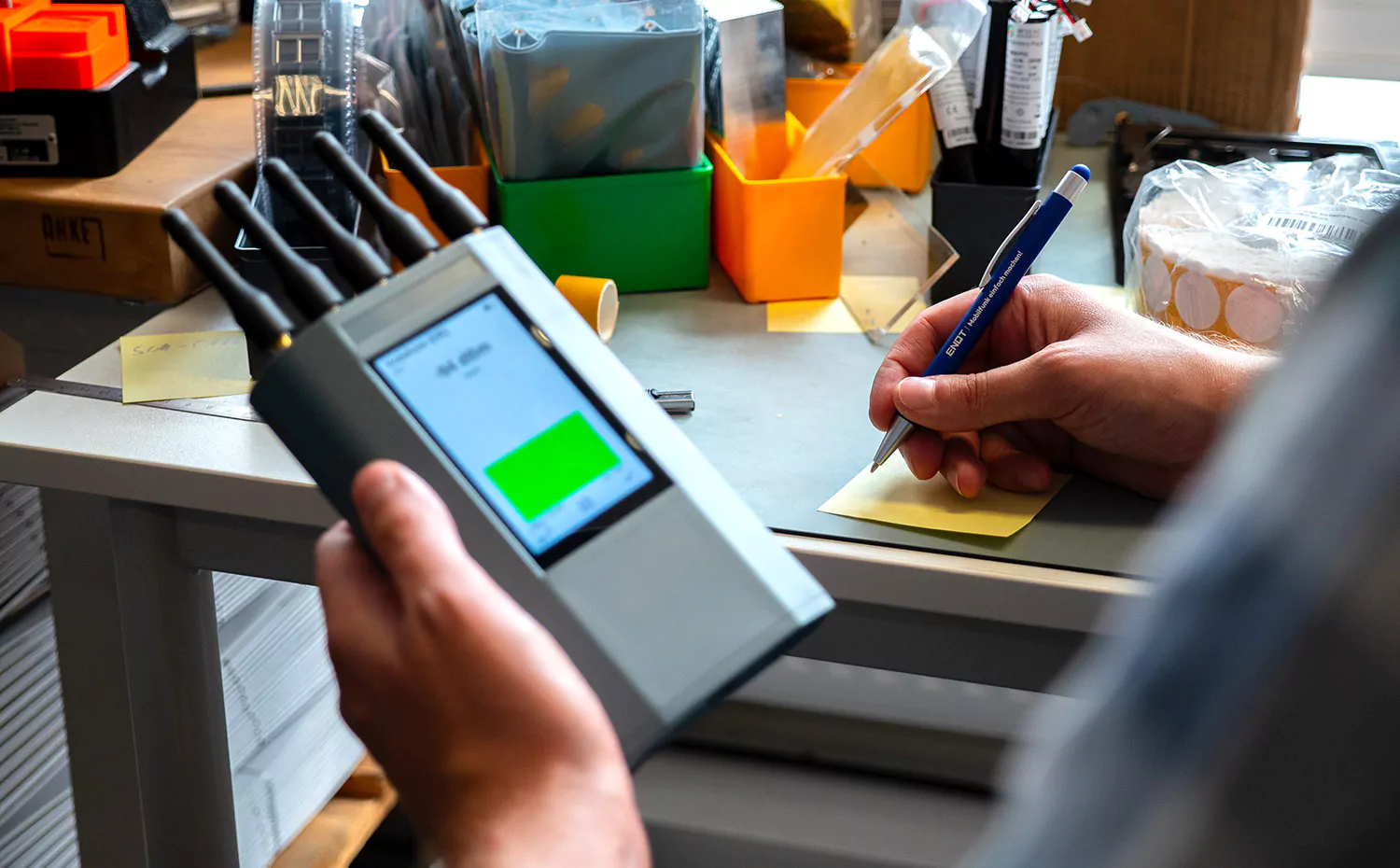In addition to suitable end devices such as laptops or tablets, schools primarily lack fast Internet and wireless WLAN in the classrooms. At many schools, the technical requirements for fast provision of broadband Internet and WLAN are not in place at all. In such cases, an alternative is offered by so-called homespots or mobile hotspots in conjunction with the schools’ mobile communications coverage. The Berlin Senate is relying on precisely this solution in an example project.
In the following article, we take a closer look at mobile communications coverage in schools and explain why mobile hotspots are a sensible alternative for many schools. We will also give you a brief introduction to the Berlin Homespot project.
Fast Internet and WLAN – a basic prerequisite for digital teaching formats
Digital teaching formats require a suitable IT infrastructure at schools. Equipping students and teachers only with laptops or tablets, as they are currently being purchased en masse with the funds provided by the federal government as part of the Digital Pact, is by no means enough. Without Internet access and WLAN, these devices can only be used to a limited extent for formats such as distance, alternating or hybrid teaching. For example, for hybrid instruction, the mix of online and face-to-face instruction, it is imperative that on-site teachers and students stay in touch online with students who cannot be present. For streaming live images or sharing classroom materials and working collaboratively on lesson topics, high-speed, wireless communication via the Internet is a basic requirement. Connecting end devices to the school network and Internet via cable is not a solution. Wireless network access via WLAN is absolutely essential.
Possible obstacles to WLAN coverage in classrooms
Many German schools have problems with broadband Internet access and WLAN in classrooms. The bandwidths of schools connected to the Internet via DSL are limited, and fast Internet connections via fiber optics are still dreams of the future in many places. Even if fast Internet access is available, this does not mean that every classroom has wireless access via WLAN. Structural conditions and inadequate cable infrastructure often prevent a school from being equipped with WLAN access points across the board. Providing the appropriate infrastructure is costly and time-consuming. This time is not available in the current COVID-19 pandemic.
Mobile hotspots – a quick and easy solution for WLAN and broadband Internet in every classroom
Mobile hotspots, also known as homespots, work in conjunction with schools’ cellular coverage to provide a quick and easy solution for WLAN and broadband Internet in every classroom. The devices are routers that have a fast cellular connection to the Internet via 4G (LTE) or 5G on one side and act as WLAN hotspots on the other. Devices within the WLAN radius of the homespots can connect to the routers and obtain Internet access via the mobile network. The homespots can be operated anywhere in the mobile-radio-supplied area and only require a SIM card suitable for the mobile-radio provider in question. Depending on the device, they are supplied with energy via the power grid or by rechargeable batteries.
Commissioning these devices is very simple. In principle, all that is needed is to set them up in a suitable location and provide users with WLAN access data. This makes them a sensible alternative and pragmatic solution until a school is equipped with a fiber-optic Internet connection and WLAN access points. To ensure that the homespots can be used at a school, care must be taken to ensure that the number of devices that can connect via WLAN and the Internet speed are sufficient. The mobile network operators currently active in Germany – Deutsche Telekom, Vodafone and Telefonica (O2) – all have corresponding devices and rates in their portfolios. Vodafone’s Homespot, for example, is called GigaCube. Telekom sells mobile WLAN routers under the product name Speedbox. Depending on the device type, the mobile hotspots are suitable for 4G and/or 5G mobile networks and achieve transmission speeds of up to 300 or even 500 megabits per second.
Example project: 10,000 homespots for Berlin schools
An example project for equipping German schools with homespots is currently underway in Berlin. In response to the COVID 19 pandemic and the need for digital teaching formats, the Berlin Senate for Education, Youth and Family Affairs has decided to provide Berlin schools with 10,000 mobile hotspots. Classrooms at around 700 Berlin schools can be connected to broadband Internet quickly and easily thanks to the homespots. The routers are intended as a quick and pragmatic interim solution until schools are equipped with nationwide, high-performance broadband fiber-optic connections. They provide the classrooms in which they are installed with WLAN and Internet access based on a fast LTE mobile connection.
Deutsche Telekom and Vodafone are each providing 5,000 LTE routers for the Berlin project. The devices only need to be plugged into the socket in the classroom and placed in a location with good mobile coverage, for example by the window. The Berlin education administration is procuring and paying for the devices. The purchase costs are around 100 euros per device. In addition, there is a monthly charge of around ten euros for operating the device. This results in total acquisition costs of around one million euros and operating costs of around 1.2 million euros per year. The Homespots can of course also be used in schools for normal classroom teaching. Teachers are much more flexible in designing their lessons and can offer hybrid lessons for halved learning groups. The first devices of the Berlin project were already put into operation on March 24, 2021 at the Immanuel-Kant-Gymnasium in Lichtenberg.



